Bordeaux, Savoy, Rhône, Burgundy or Alsace… all are inimitable and incomparable wine regions. France is blessed with a mosaic of complex and fine terroirs which produce a wide range of contrasting wines. In an attempt to fully grasp the variety and potential of the French vineyard, a little bit of groundwork can’t do much harm.
The purpose of this article is to take you on a tour of the main winegrowing regions which convey, and are at the heart of, the French art de vivre.
I – Vineyards in the North of France
Let’s begin our trip in Lorraine. It is the northernmost vineyard in the country as well as one of the smallest covering just 115 hectares. It was once much larger, but today there are two main appellations in the region: Côtes-de-Toul gris and Moselle. The Alsace region is located a little to the east. Here we find many more varieties, such as Pinot Gris, Riesling and Sylvaner, and no less than 12 appellations. If you were to try only one, we would recommend the AOC Alsace Gewurztraminer. Although Alsace is also the number one producer of Cremant in France, something quite different to try.
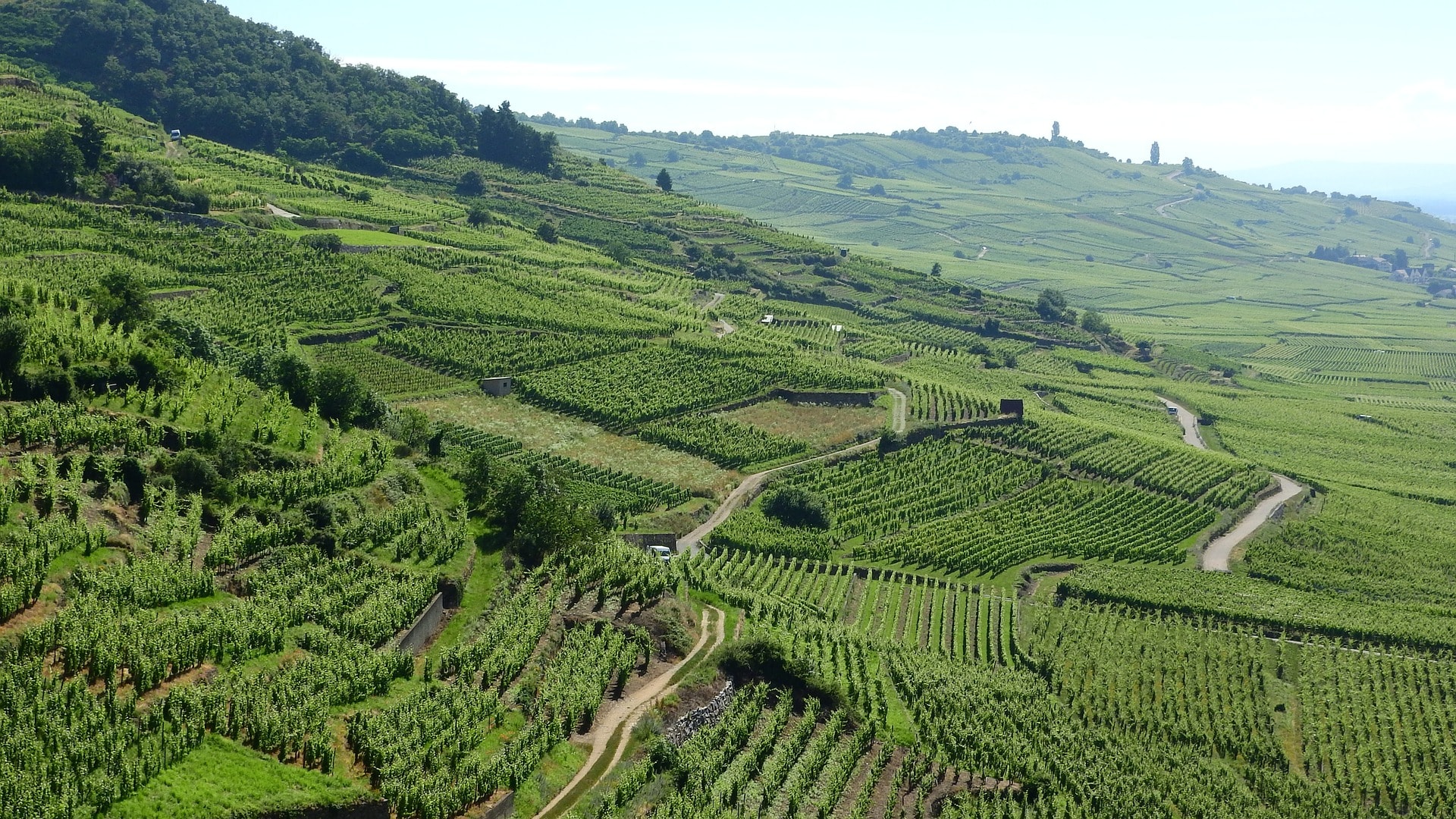
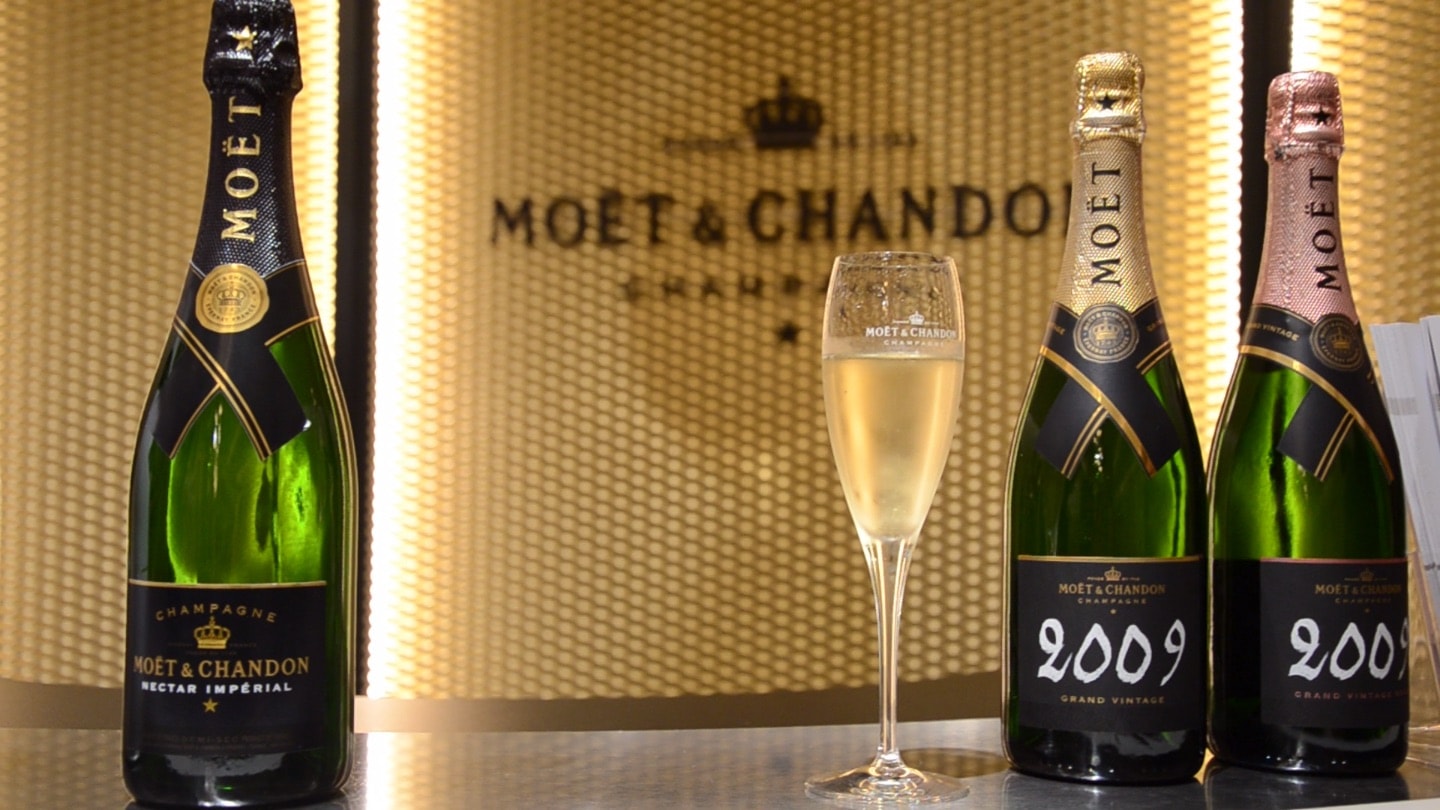
Further to the West of Alsace and Lorraine we find ourselves in the heart of the famous region of Champagne. Probably one of the most prestigious and well known wine regions in the country, it produces nearly exclusive Champagne wine (90%), which you may know under names such as Dom Pérignon, Ruinart, Bollinger or Möet. This 33 000-hectare vineyard covers four counties and consists of three grape varieties: Pinot Noir, Pinot Meunier and Chardonnay. If you visit this compelling and unique region, we recommend having a sip of rosé Champagne, one of the region’s many jewels.
More towards the centre we reach the region of Burgundy, which also covers about 30 000 hectares. Here you will find red wines crafted from the tricky Pinot Noir and whites made with Chardonnay. Every year, about 200 million bottles are produced, 60% of which are whites. These bottles come from one of the 34 Grand cru appellations and the 84 AOCs, making Burgundy a first rate region for exports. AOC Chambertin, Clos-de-Tart, Musigny, or perhaps Clos-Vougeot are names of vintages you may have heard about which bring great pride to the region. It is worth mentioning that Burgundy benefits from peculiar climatic influences which contribute to the creation of unique wines in its terroirs. More on this in our article on wine and climate here.
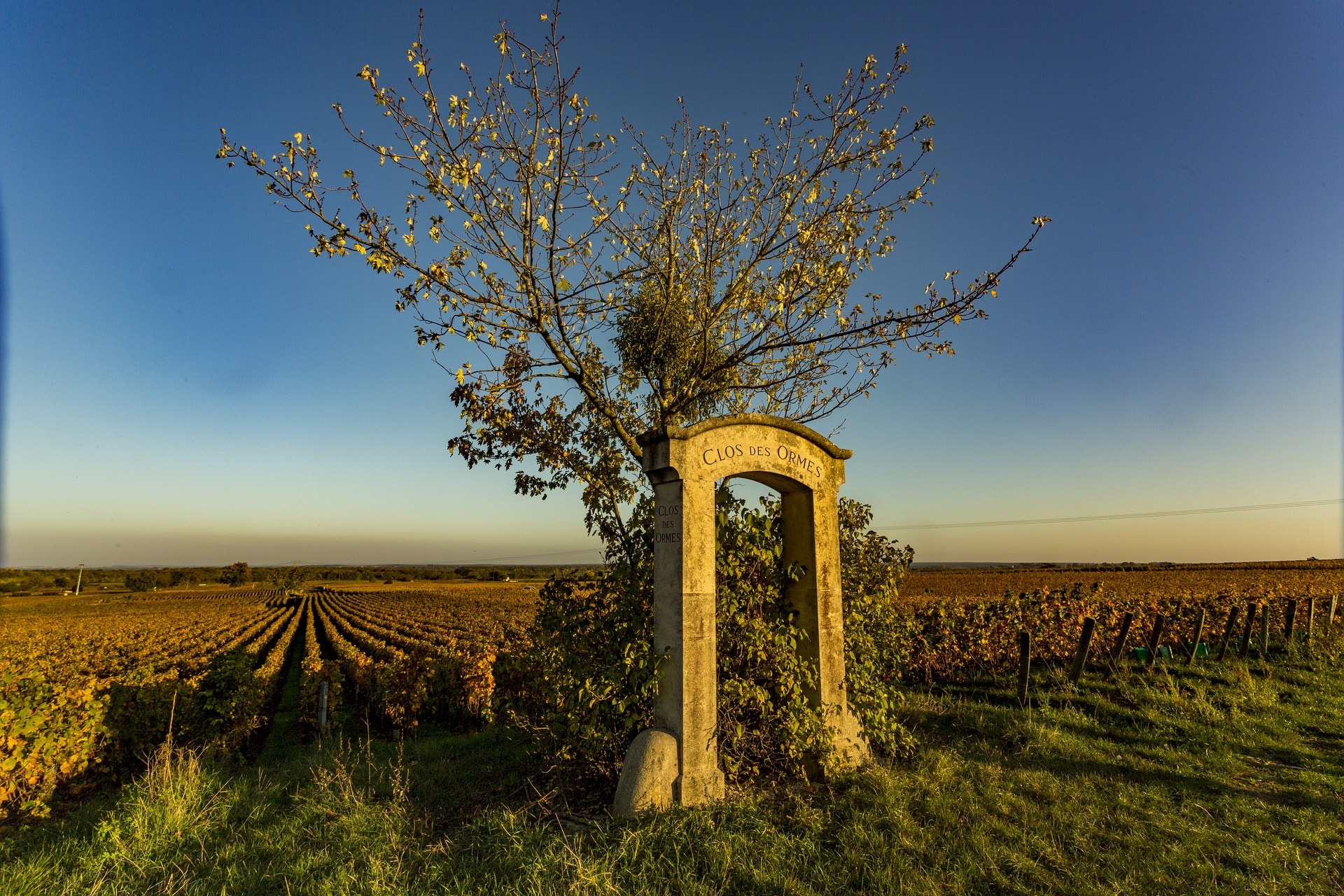
Now let’s adventure ourselves across the country towards the immense Loire Valley. This 70 000-hectare vineyard benefits from a range of climates to ripen its many grape varieties. White wines are made with Chenin, Sauvignon, Chardonnay and Melon de Bourgogne whereas reds are mainly composed of Cabernet Sauvignon and Cabernet Franc. Other varieties are planted to a lesser extent, such as Gamay, Pinot noir and Grolleau. This region is popular thanks to its well known appellations, AOC crémant de Loire among others.
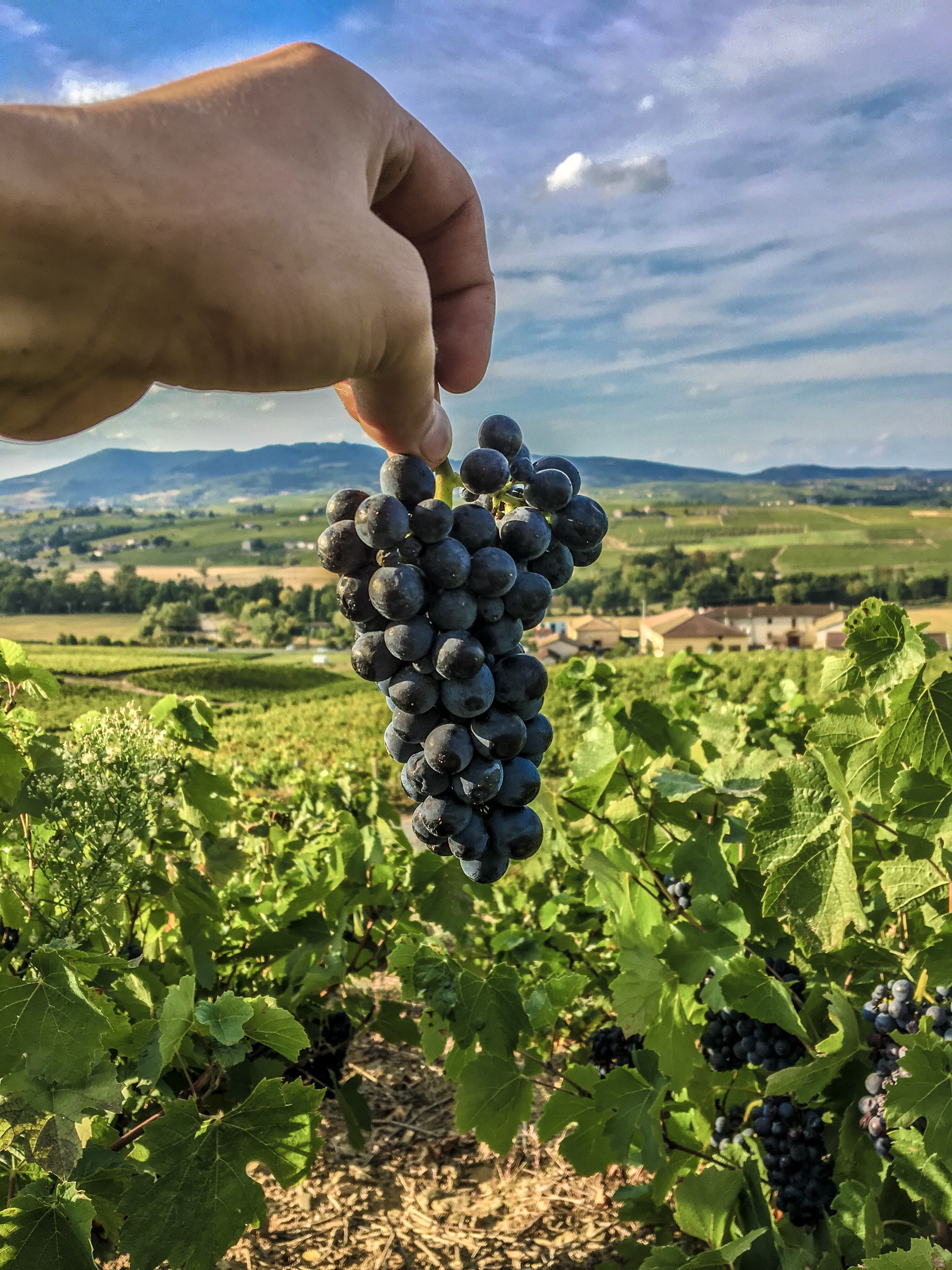
Going South east from here we happen upon two smaller vineyards: The Beaujolais and the Lyonnais. Red wine lovers will be in good hands here, were they can explore important vintages like Moulin-A-Vent or Juliénas. Most wines here are made from Gamay and nearly all are red. The Beaujolais’ yearly production reaches over a million hectolitres regularly, half of which is exported beyond national borders. To learn more about this beautiful and surprising region, head to our website and have a look at our article on the subject.
As we continue our path towards the east we reach the region of Savoie and Bugey. This mountainous terrain boasts three appellations, AOC vins de Savoie, AOC Roussette de Savoie and AOC Seyssel. The best wines the region has to offer are probably the whites from Chignin-Bergeron and reds from Savoie Mondeuse. Again, more on this in our article on the local food and wine, very popular throughout the country especially around the winter holidays:
Finally, if we head up north a little bit we land in the Jura wine country. Here we can find Chardonnay, the variety behind the regional white wines, and Pinot Noir, Poulsart and Trousseau which are used in making red wines. Altogether the vineyard has six AOCs regrouping red, white and rosé wines including two appellations, Côtes-du-Jura and Arbois.
II – Wine regions from the South of Francce
We now head south and continue our travels, starting with the beautiful Rhone Valley. It is the second most important wine making region in France after the Bordeaux area. The Rhone boasts a very diverse climate and a variety of soils and ground compositions, which may sound trivial but are a crucial factor in the making of local reds, whites and rosés. This results in beautifully crafted and very well-known vintages, such as Châteauneuf-du-Pape or Hermitage. More on this in our article on the Rhone Valley.
As we keep going down the sunshine road, we eventually reach Provence. The climate here is Mediterranean and sunny, and allows for the production of varied wines in 10 AOCs. The three key appellations of the region are Côtes-de-Provence, Coteaux-d ‘Aix-En-Provence and Coteaux-Varois. The local wines, particularly rosés, are famed beyond the national borders and should be opened and enjoyed expeditiously.
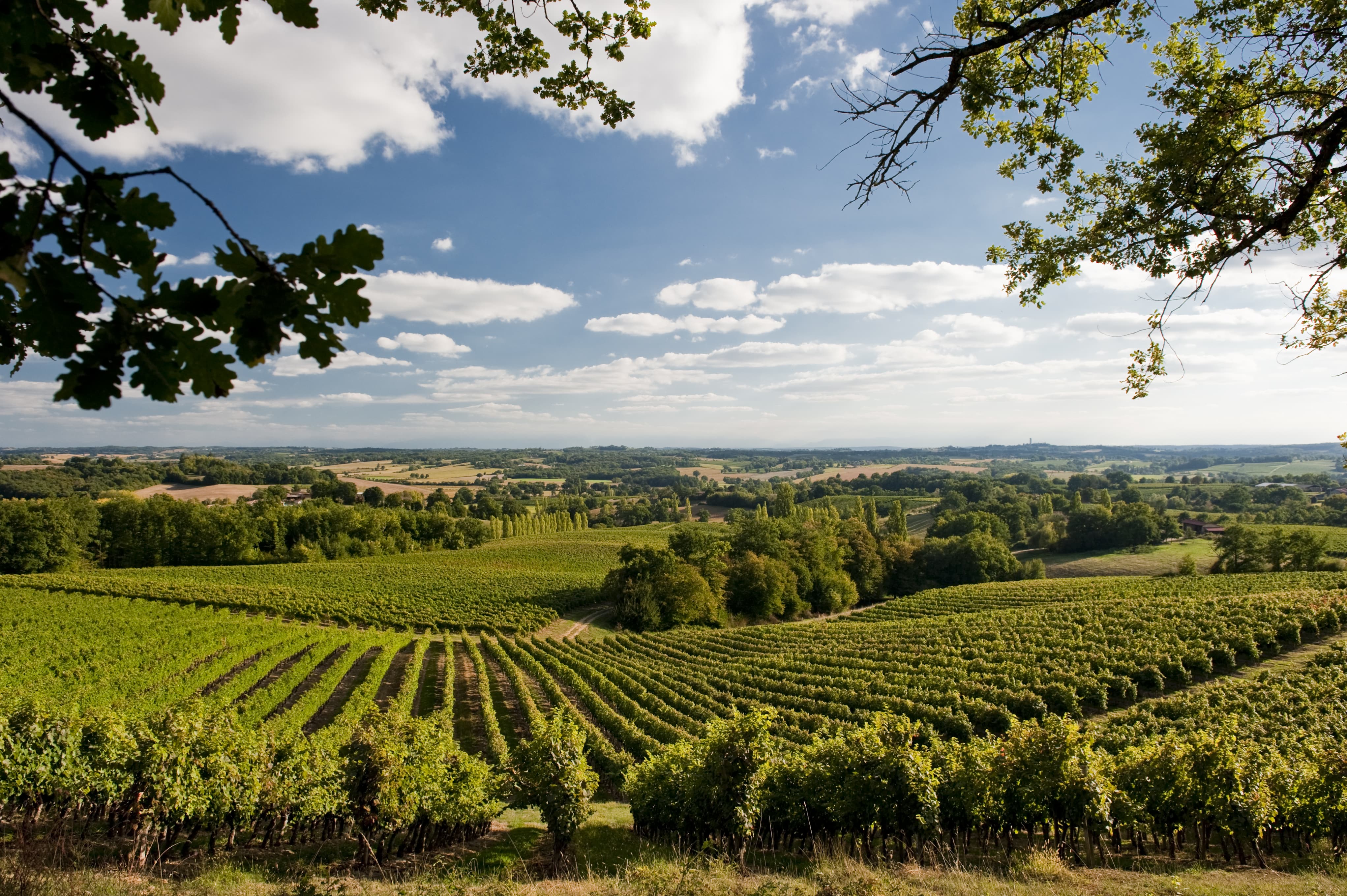
Our next stop is the Languedoc-Roussillon region, known for its wide range of grape varieties and ground conditions. This results in a plurality of appellations, ranging from natural sweet wines like Maury or Banyuls to popular reds like Corbieres and Fitou. You may be familiar with the names of the great vintages of this region: Château Cabezac, Château de Gourgazaud and the Domaine de l’Oustal Blanc. You should also go and visit the region South West where you can taste wonderful Malbec (named locally Côt).
Finally, we reach the south west of France which hosts the county’s greatest wine making region around the city of Bordeaux, called the Bordelais. Exceptional vintages from 38 appellations come from this 110 000-hectare vineyard. Some of the famous and popular appellations are Pauillac, Saint-Estèphe, Magaux and Saint Julien. You may also have heard of names from different styles, such as Yquem, Latour or Petrus.
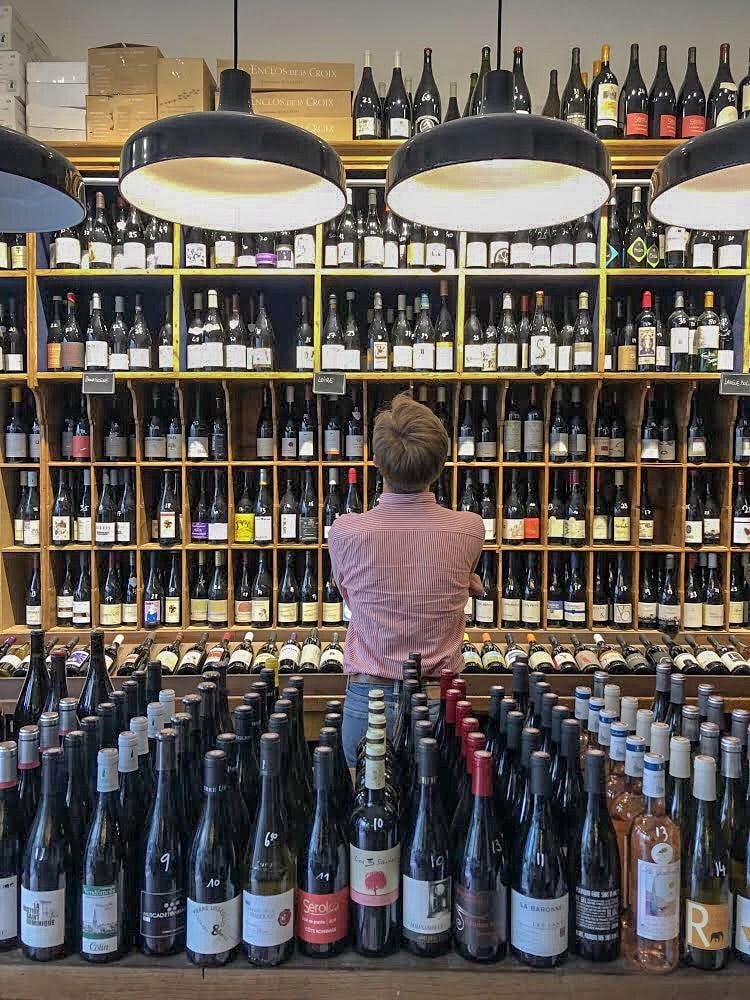
We have been all over the country but there is always the option to hop on a boat over to Corsica and discover the Island’s vineyard. Here, the Mediterranean climate with its mountainous influence enables the production of red, white and rosé over a cultivated area of 7 000 hectares. The local AOC Vin de Corse refers to wine produced all over the island.
As our discovery trip comes to an end, we can conclude that the main vineyards out of all the exceptional areas we’ve covered are the Bordelais and the Rhone valley. This is relative to their size and production; however, your top French regions may be quite different according to your preferences. The only way to find out is to go out there and taste all these delicate, flavorful wines, which we warmly encourage you to do at every opportunity or excuse.
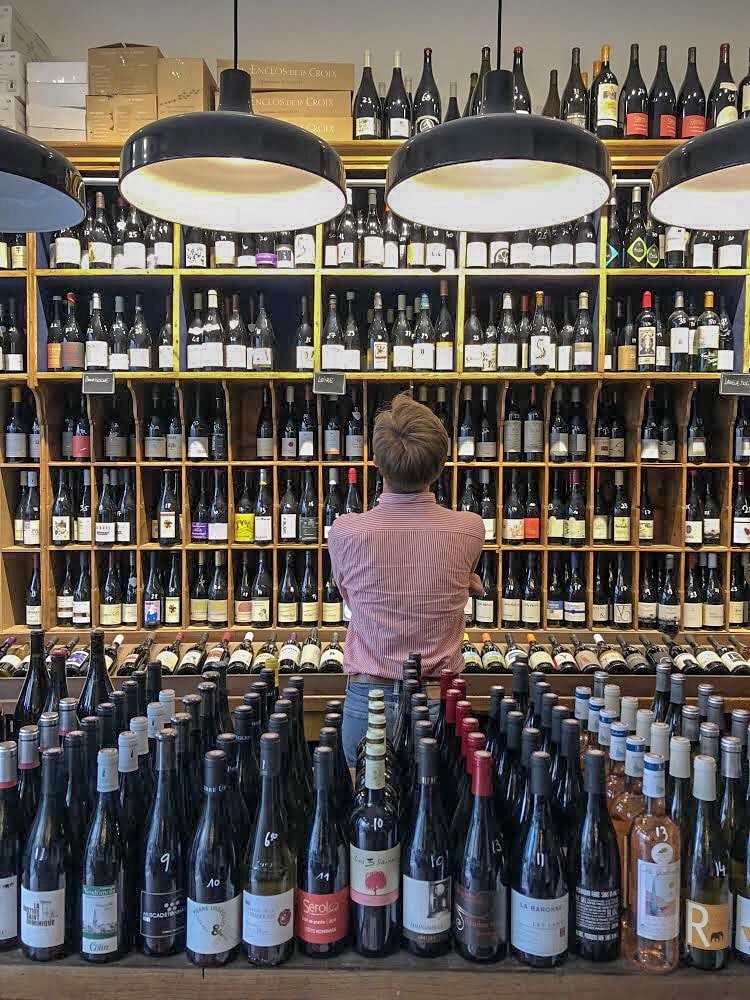



0 Comments